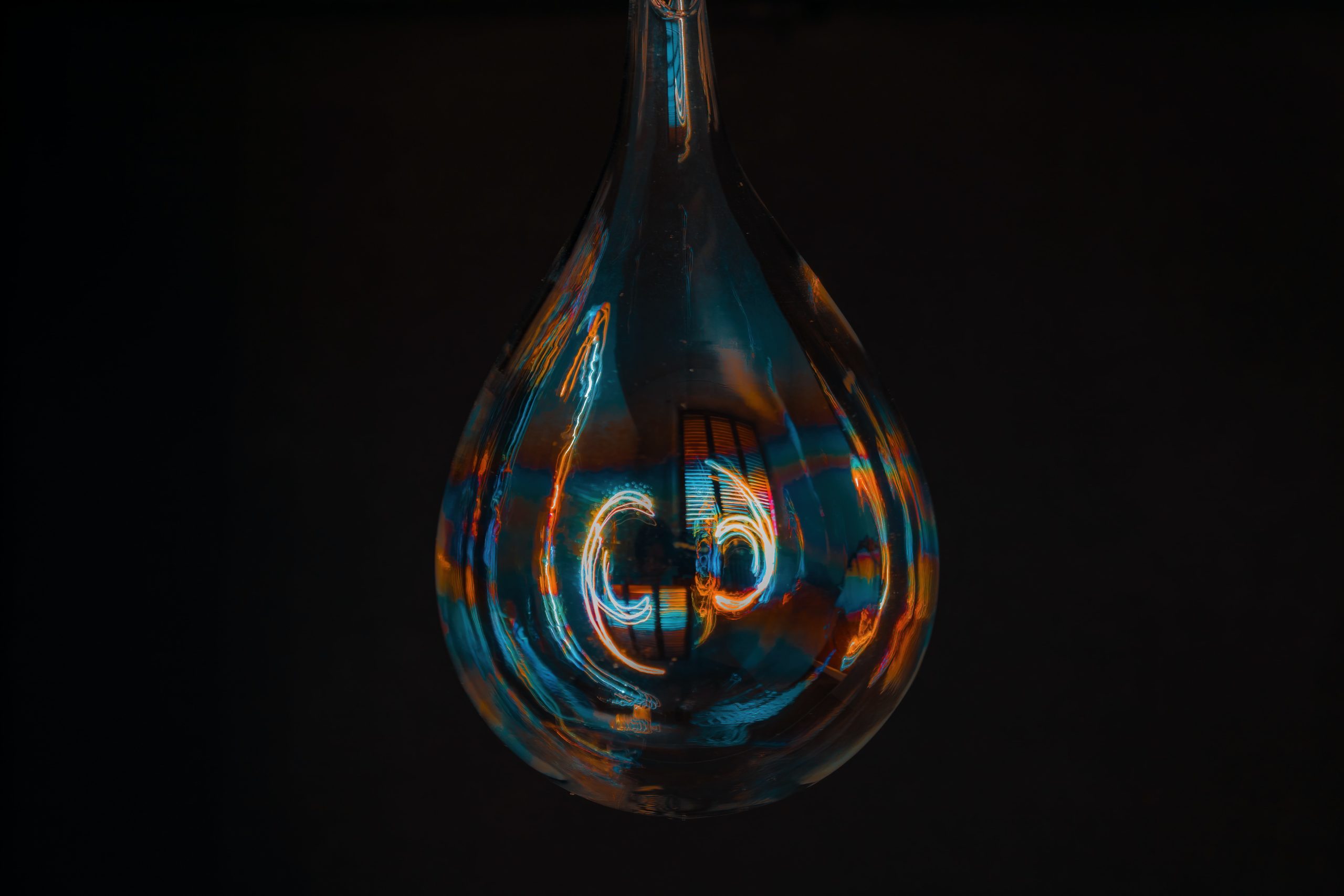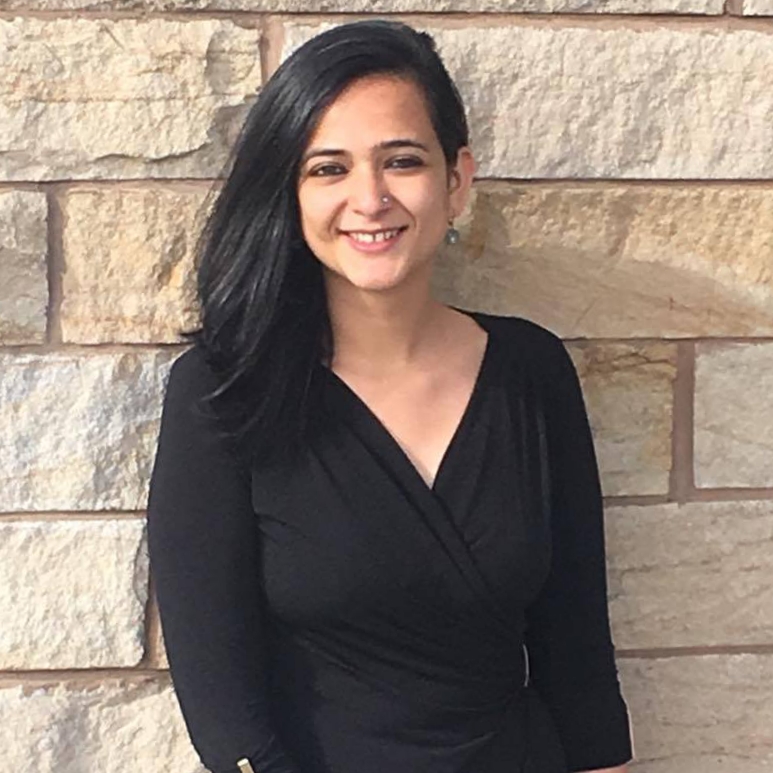

🔬 Research Summary by Avantika Bhandari, SJD. Her research areas cover indigenous knowledge and its protection, human rights, and intellectual property rights.
[Original paper by Shlomit Yanisky-Ravid and Regina Jin]
Overview: The article analyzes the challenges posed by the current patent law regime when applied in the context of Artificial Intelligence (AI) in general and especially at the time of covid pandemic. The article also proposes creative solutions to the hurdles of patenting AI technology by establishing a new patent track model for AI inventions.
Introduction
Covid-19 has created a worldwide pandemic, causing millions of deaths within months. Lack of vaccines or the FDA approved drugs in the initial days have all aggravated the global health crisis. On the forefront against Covid-19, AI technology is proving to be an effective and powerful tool in developing new drugs, vaccines, and diagnostic methods. Also, AI mechanisms are built for the purposes of tracking and forecasting the outbreaks, processing health claims, managing drones to deliver supplies, and identifying high-risk individuals. For instance, the Korean biotech company Seegene utilized an AI system to create ‘a novel coronavirus testing method—an unprecedented short period of time as it usually takes several months with a large group of scientists to develop such testing protocol.’ Alibaba developed an AI-based platform to detect complications in CT scans of patients’ chests with 96% accuracy. Furthermore, the AI system created by the Canadian startup Bluedot successfully predicted the virus outbreak even before the World Health Organization (WHO) officially declared the discovery of a novel coronavirus. These examples bring to light many crucial features of AI tools- they are efficient, creative, accurate, evolving, and rapid. Acknowledging its benefits the White House has urged researchers to employ AI to analyze tens and thousands of documents to decipher the origins of coronavirus.
Key Insights
The researchers of the article argue that AI-made inventions must be patentable. However as per the patent law only ‘human inventors’ are eligible for patent ownership, therefore, a new model is needed. When talking about AI inventions there are generally two (2) types of innovative AI applications. First, when AI inventions are creative AI systems themselves, referred to as ‘creativity machines’ that are capable of generating new inventions themselves. Second, when AI inventions are AI-made inventions, in other words, the resulting inventions generated by the AI systems. The AI-made inventions have posed challenges for the current patent law regime, which was drafted in an era when AI technology was absent. Realizing the absence of AI-made inventions in patent laws, the United States Patent and Trademark Office (USPTO) published a Request for Comments on Patenting AI Inventions on the Federal Register in August 2019. However, USPTO has not issued any guidelines regarding patent rights in respect of AI inventions.
The researchers suggest a complete novel model to incorporate AI-made inventions. They argue that the current patent model is inapplicable and propose a new legal paradigm for examining AI inventions. They assert that a revolution is needed to establish a ‘distinct AI patent track model separating from the current patent regime applied to human-made inventions.’ A new track model is crucial as many factors of the current patent law regime are inapplicable in the AI context and amending would not address all the existing concerns. The researchers believe that the new AI patent track model would provide a distinct scope of protection for creative AI systems and AI-made inventions- all of which might not be patentable under the current patent regime.
AI’s creativity can be found in the pharmaceutical industry, where AI tools are employed in the process of drug discovery to disease target identification. Many new drug targets based on RNA binding proteins were discovered by IBM Watson to cure a neurodegenerative disease. A drug design AI held by AstraZeneca, U.K. has formulated a large number of new drug structures catering to the chemical space that the human may not have thought of. These examples prove that AI systems not only facilitate creativity but also help in speeding the drug-discovery process in an accurate and efficient manner.
Protection of Creative AI Systems and AI-Made Inventions
The researchers argue that such AI-made inventions should be patentable to incentivize innovation and to reward the labor. Allowing patenting of algorithms, a part of AI creative systems, would incentivize the research on fundamental AI building blocks. This will help boost the advancement of AI technology and encourage technological development in the fields like medical, engineering, and science. The researchers also maintain that allowing the patenting of AI-trained models would incentivize data scientists and trainers to generate new resourceful AI models in an attempt to solve practical problems. AI-trained models are capable of finding answers by learning from the data and target attributes. DeepMind, for instance, is a trained model that learns how to solve ‘problems and advances discovery in various fields such as science, medicine, and energy.’ The patenting of AI-made inventions would boost efficiency in research and development, leading to more innovation in useful products and processes. The investors are motivated by economic returns through licensing and sales from the exclusive patent rights in AI-made inventions.
The researchers in this article propose a new patent track model ‘to incorporate a wider scope of patent protection for AI inventions.’ They recommend the following rules for the new track models:
- Change of person of ordinary skill in the art (POSITA) standards: The POSITA standard may not be applicable in the obviousness assessment for AI inventions under both the motivation test and the ‘obvious to try’ analysis. This is because the invention is intended to address the intricate problems in a seemingly unforeseen way. To settle the implication of the ‘obviousness requirement’ in respect to AI inventions, the researchers propose the POSITA standard of ‘a skilled person using an ordinary AI tool in the art.’ This would help a professional understand the complexity of the AI algorithm, the versatility of the AI system, and the complication of the problem in a patent application.
- Expedited Patent Examination: The time taken to acquire a patent is crucial in the COVID-19 urgency. Given the constraints of the patent system the long waiting period for examination may discourage organizations from investing in researching a cure for the virus. By the time a drug is granted a patent, a pharmaceutical company may have already missed the peak in demand for the drug and may not be able to reap the highest rewards. This is why expedited patent examination for AI inventions is needed.
- Use of AI for Patent Examination: The researchers advise the use of AI tools for patent examination to review the difficult algorithms and huge amounts of data which may be overwhelming for humans to handle, as the AI tools would boost efficiency and can accelerate the patent examination process. The USPTO uses the AI system Unity to increase the efficiency of patent examination. However, the application of Unity seems limited to searching patents, publications, and images, rather than examining patents.
- Shortened Patent Lifetime: “In the AI industry, the invention process as well as product life cycles can sometimes be extremely short.” A patent is granted for 20 years however, researchers believe in shortening the patent lifetime for AI patents as this would allow the technology to come to the public domain faster for the benefit of knowledge dissemination.
Between the lines
The article rightly evaluates the need to establish a new AI patent track as the current patent law regime poses substantial hurdles and uncertainties for patenting AI-made inventions. The new track addresses many ambiguous elements of the patent law to be more in sync with the 3A era digital tools, such as the ‘person skilled in the art’ standard, the examination of timing and method, and the patent lifetime.
